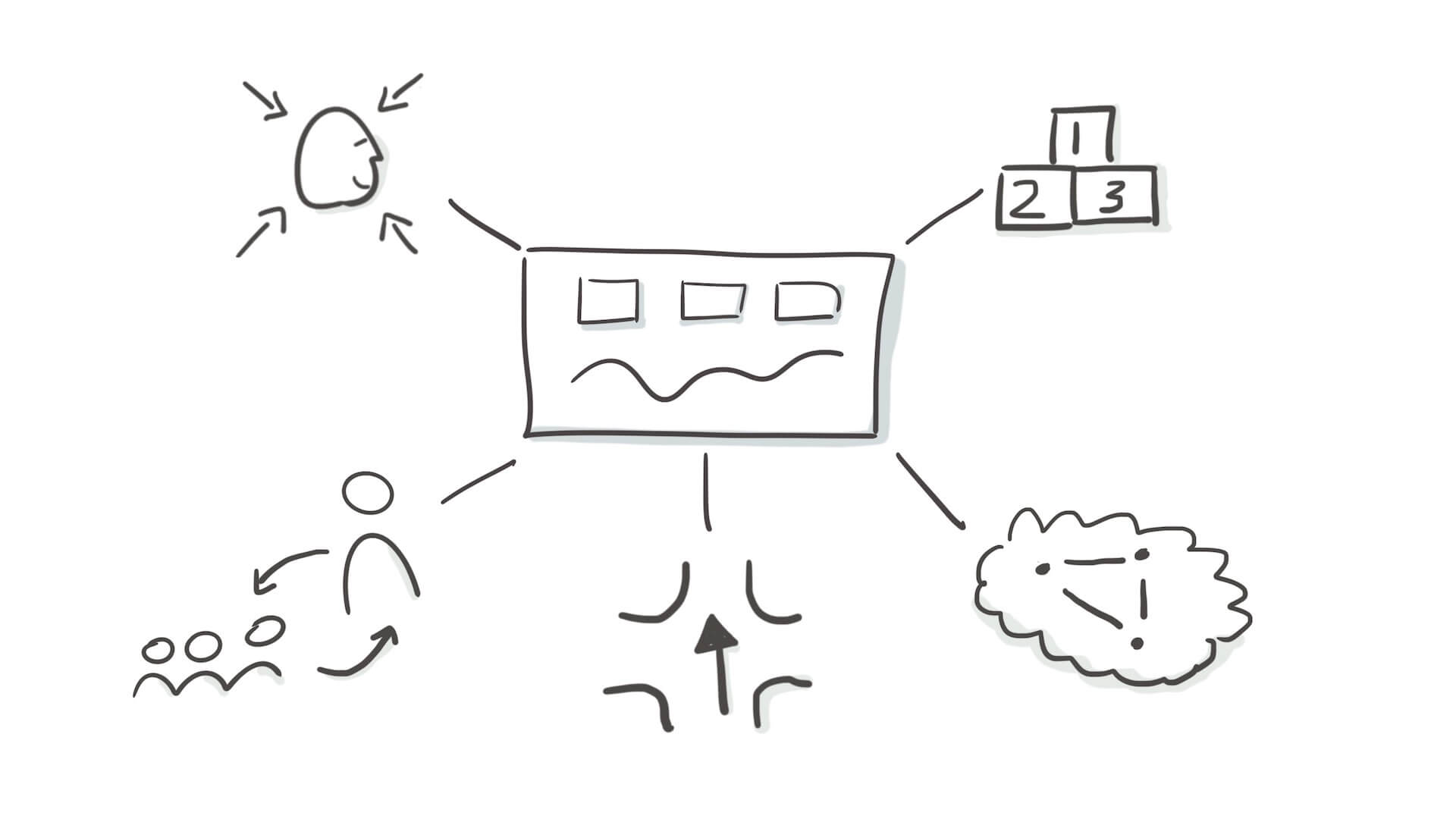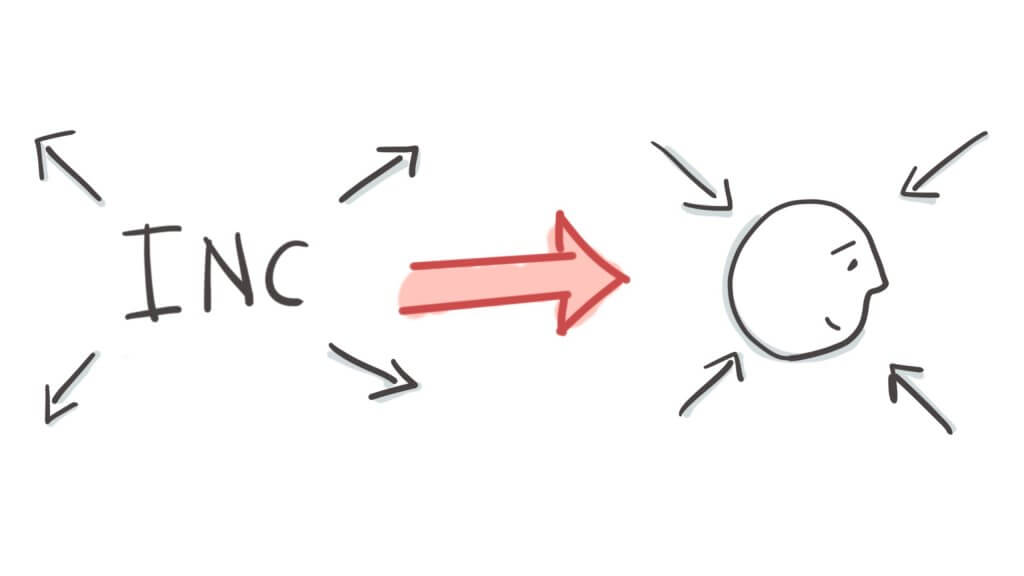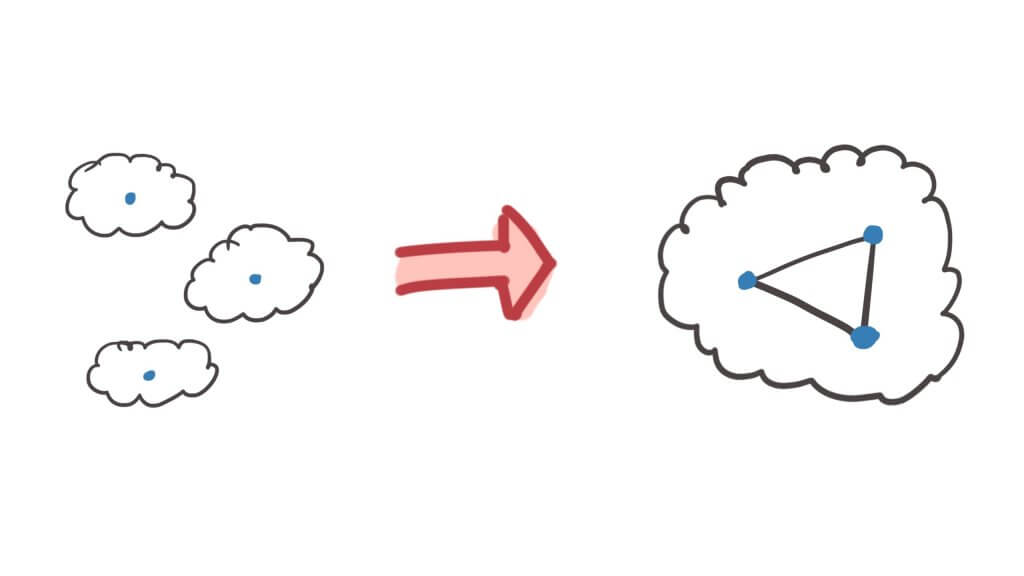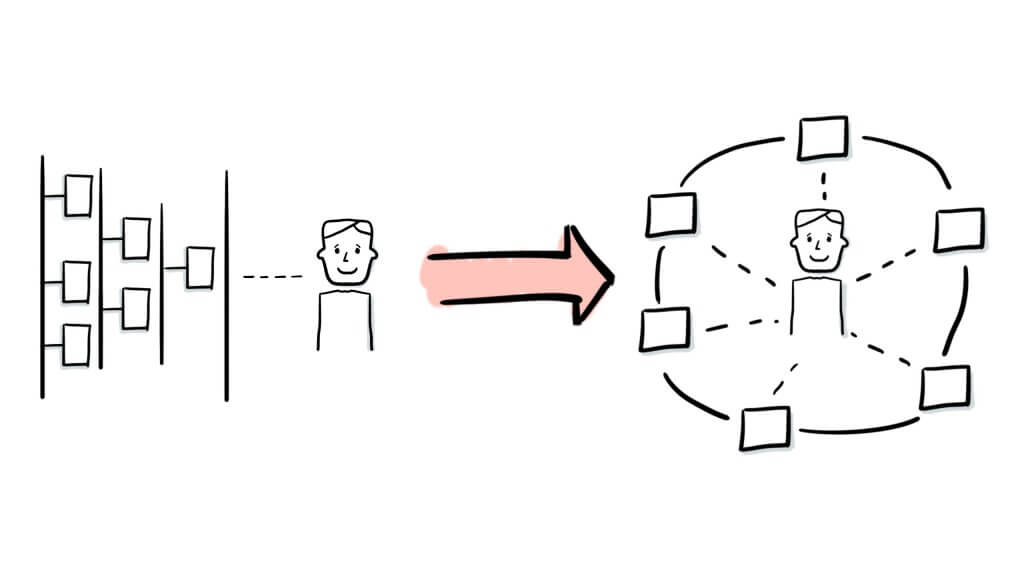What motivates smart organizations to adopt customer journey mapping?
Published in: Journey Mapping / Last update: November 2020

Customer journey mapping is getting a lot of press lately. Everyone who is even remotely interested in customer experience has heard about it by now.
In this article, you're gonna learn when it makes sense for an organization to adopt customer journey mapping and when it doesn't.
After reading this, you might very well draw the conclusion that customer journey mapping isn't relevant for you at this moment and that it's better to invest your time in other initiatives.
Or, you might discover that customer journey mapping is exactly the answer to some of the challenges you're facing today.
Let's dive in!
When Customer Journey Mapping Makes Sense
Customer journey mapping is by no means a silver bullet, and there are many misconceptions about the purpose of customer journey mapping and maps (read about the relationship between the two).
But when you know what you're doing and doing it for the right reasons, customer journey mapping undoubtedly can have a very positive impact on your business and customers.
In the Practical Customer Journey Mapping Guide, I emphasize that answering why you're going to create a journey map before you start making one is probably the best investment of your time. The reasons listed below should give you a good starting point to think about that question.
Organizations for whom customer journey mapping is important today want to:
The reasons listed here are based on my own experience in the field and on the feedback I’ve received from CX professionals who are part of The Perfect Map community.
Let's go over each of these reasons in depth.
1. Adopt a truly customer-oriented, outside-in perspective

The challenge: Systematically step into your customers’ shoes and see your service from their perspective.
There is a good reason why moving from inside-out to outside-in reasoning is on the agenda in many boardrooms. Starting with the needs and desires of your customers rather than your internal systems and processes greatly increases the chance that you'll deliver a service that your customers find valuable.
But how do you actually do that? How do you step into your customers’ shoes and take on that outside-in perspective? And not fall back into an internally focused mindset?
How journey mapping helps...
This is one of the superpowers of customer journey mapping. When you have to explicitly visualize the situations and activities a customer goes through when they consume your service, you can only do that from an outside-in perspective.
2. Prioritize activities that make an impact on customers and business

The challenge: Know what makes the biggest impact on the customer experience—when everything seems important.
Often within organizations, there isn't a shortage of ideas on everything you could do to improve the customer experience. What is lacking though is a reliable mechanism to evaluate and prioritize which of these ideas should be pursued.
The result is that priorities are set based on who has the loudest voice in the room or who brings the latest shiny new technology to the table. This way of prioritizing almost certainly guarantees that you'll disappoint your customer and your stakeholders.
How journey mapping helps...
When you have to plot all your improvement ideas onto the customer journey, you'll immediately see which ones address your customers’ biggest pains and frustrations. What’s more, you'll be able to tie the improvements back to the impact they have on your business KPIs.
Customer journey mapping helps you focus on the ideas that customers truly care about and that actually impact business, rather than just guessing and hoping for the best.
3. Improve internal collaboration and alignment

The challenge: Encourage departments to focus on improving the entire customer experience rather than only their own narrow KPIs.
It's no secret that the customer journey cuts right through silos and departments. Your customer has a goal they want to achieve, and they don't care how you're organized internally.
The classic problem with this is that internal departments all have their own performance targets. So everyone is only focused on doing their part of the customer journey right, not really caring (or aware of) how that impacts the customer in other parts of the journey.
It's not uncommon that improvement in the customer experience from department X actually creates a problem for department Y.
How journey mapping helps...
When you show the overarching customer journey, everyone in the organization can see the role they play in that story and how their work impacts the customer and your colleagues down the hall. This in turn helps align cross-department goals and streamline CX initiatives.
Optimizing the entire (holistic) customer experience rather than individual components helps organizations make more efficient use of internal resources and get a higher return on CX investments.
4. Implement CX initiatives with more confidence and speed

The challenge: Keep customers’ needs front and center during development.
In the early stages of the design process, everyone is heavily focused on the customer and their needs. But there is a tendency for that customer focus to slowly fade into the background once you move on to the development and implementation stages.
People get excited about building stuff, and the focus shifts to things like technology and internal processes. This creates a situation in which again more and more assumptions are made about what creates value for customers and improves their experience.
So too often, you end up with a solution that is far from what was imagined in the early stages when there was still a strong customer focus.
How journey mapping helps...
An important part of the customer journey mapping process is continuous reflection and asking the question: Are we still on the right track? The journey map is a living document that teams should refer to on a regular basis during every stage of the design process, to build confidence that they are still doing the right thing.
So a journey map not only provides insights about customer needs but also acts as an objective benchmark during development. This allows teams to move forward faster and with more confidence.
5. Grow a customer-centric culture

The challenge: Create awareness that everyone in the organization contributes to delivering a great customer experience.
Even though most people will agree that being customer-centric is important to their organization, it's hard to make tangible what that actually means. Being customer-centric often remains a very abstract concept. It's easy to say that customer centricity is not your responsibility, put it aside, and ignore it.
This is one of the things that makes it so challenging to develop a truly customer-centric mindset. So if your goal is to make the customers' needs part of every conversation and decision in the organization, you must address this.
How journey mapping helps...
Customer journey mapping makes customer centricity—and the usual lack of it—extremely tangible. Through journey mapping, you're able to connect the customer to every aspect of your organization. And once you see it in the journey map, there’s no hiding anymore. You can't say that contributing to a great customer experience isn't part of the responsibility of your department. This is scary for some. For others, it’s empowering!
Through journey mapping, customer centricity goes from an abstract concept to something you can literally see in front of you and point at. And this helps justify why the customer should be part of every conversation and decision.
The Worst Reason to Adopt Journey Mapping
A lot of organizations these days have a gut feeling that customer journey mapping is smart to explore. Unfortunately, they end up adopting it for the wrong reasons.
They are attracted to journey mapping by the fact that other companies are doing it and that it looks shiny and new, so they jump on the bandwagon. This is the worst reason to adopt journey mapping.
Not only does it lead to disappointment, as you're setting unrealistic expectations, it also creates the feeling that it's just another hyped-up trend that will blow over soon.
And when that happens, you've missed a great chance to make a positive impact on your customers, which is the ultimate goal!
Is customer journey mapping a smart time investment?
To answer this question, you really have to define how important the goals listed above are for your organization. If none of the goals above tops the list of things to be addressed within your organization, it might not be the right time to invest in customer journey mapping.
The worst thing you can do is bring customer journey mapping into an organization when there's no business challenge to connect it to. You might see the value of it, but the rest of the organization will most likely see it as a costly distraction.
So when is the right time to start customer journey mapping?
When there is recognition within the organization that these are important challenges that must be addressed in the short term, then you've got a great opportunity to adopt customer journey mapping.
Take your business challenge and focus your journey mapping efforts on contributing to solving that challenge.
Which of these 5 reasons do you find most convincing?
Leave a comment down below.
P.S. You can learn everything about the value of journey mapping in the Customer Journey Mapping Essentials masterclass. Check it out.
3 Replies
Thank you for this. Great and insightful overview!
Thanks for this. This is all very true and unfortunately, I can relate to many of the misguided usage of the journey!
Also, I guess the main reason to create a customer mapping in the first place, is to improve customer experience. Maybe obvious but maybe worth mentioning!
@Robin
I’m here with you :
“main reason to create a customer mapping in the first place, is to improve customer experience”